March 21, 2019
Interiors are not enough to win the war for talent
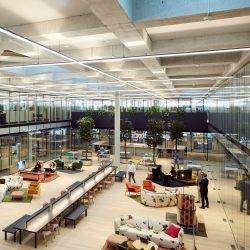 I often refer to Google and Facebook in my blog, due to their influence on workplace design. Many consider them to be workplace interior’s holy grail. But today’s big employers are competing with one another on a much broader set of principles. Cool interiors alone just won’t cut it. Zürich, like many European cities is home to a large number of global brands, with bustling financial services and tech sectors. I regularly hear of people with multiple job offers taking a job with a lower salary, rather than accepting a role in a company that doesn’t reflect their ideals. This decision can be influenced by office design and facilities, career development options, corporate culture and much more. (more…)
I often refer to Google and Facebook in my blog, due to their influence on workplace design. Many consider them to be workplace interior’s holy grail. But today’s big employers are competing with one another on a much broader set of principles. Cool interiors alone just won’t cut it. Zürich, like many European cities is home to a large number of global brands, with bustling financial services and tech sectors. I regularly hear of people with multiple job offers taking a job with a lower salary, rather than accepting a role in a company that doesn’t reflect their ideals. This decision can be influenced by office design and facilities, career development options, corporate culture and much more. (more…)





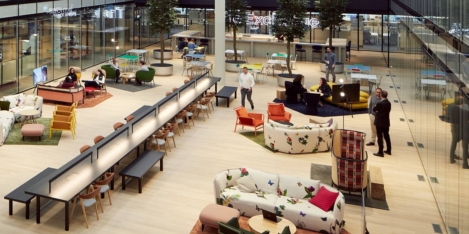
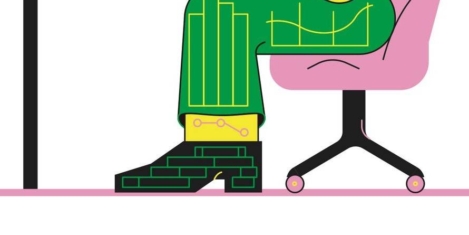



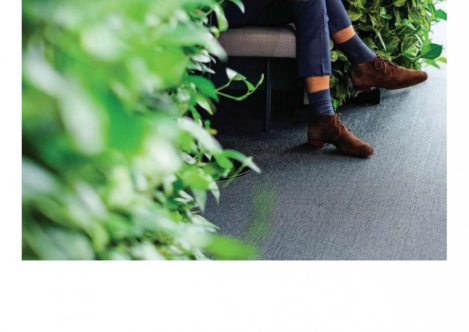


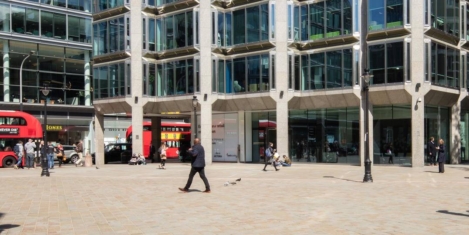
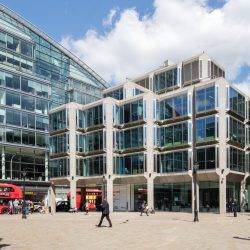

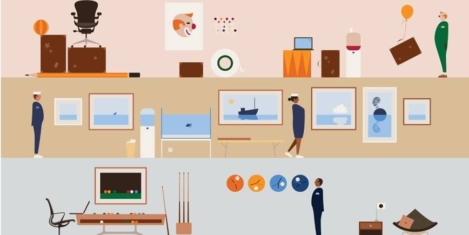


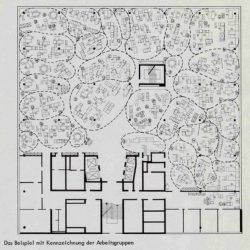
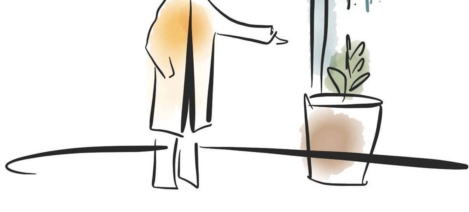












April 4, 2019
Workplace art can draw the distinction between branding and corporate identity 0
by Helen Owen • Comment, Workplace design